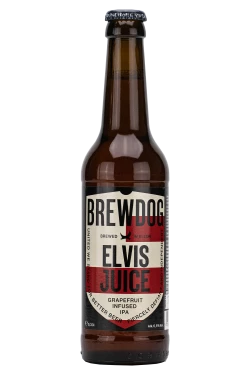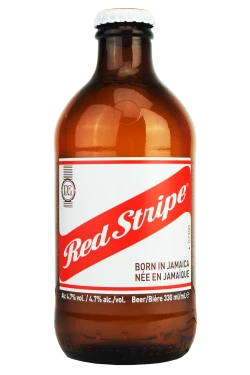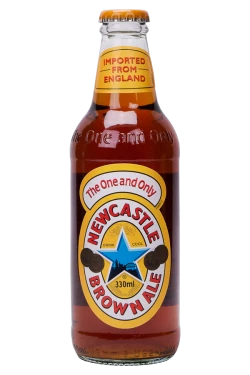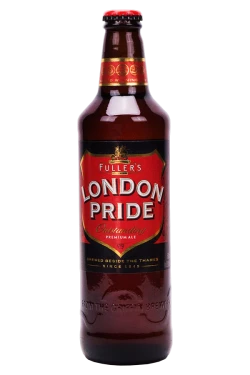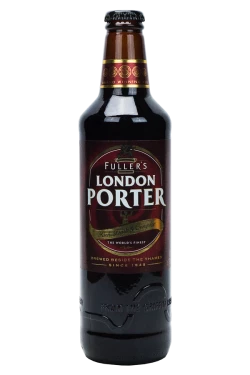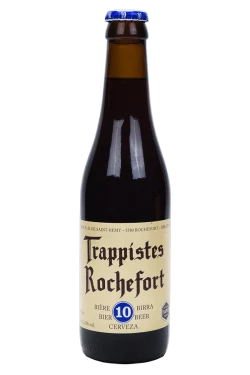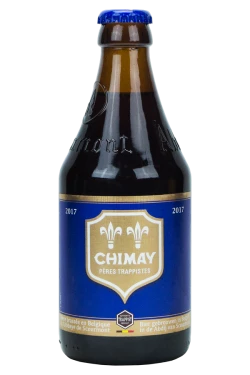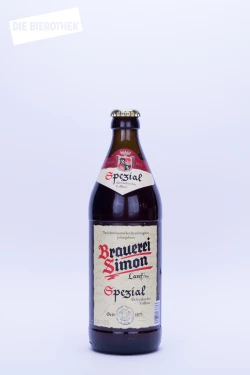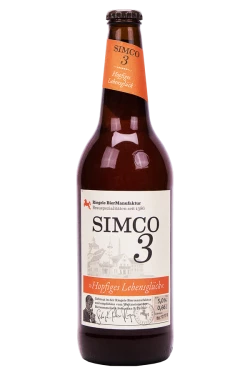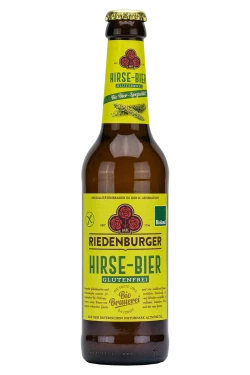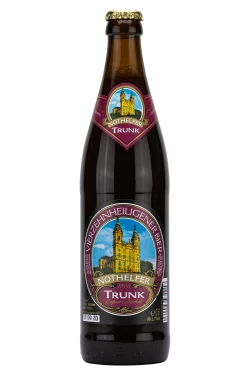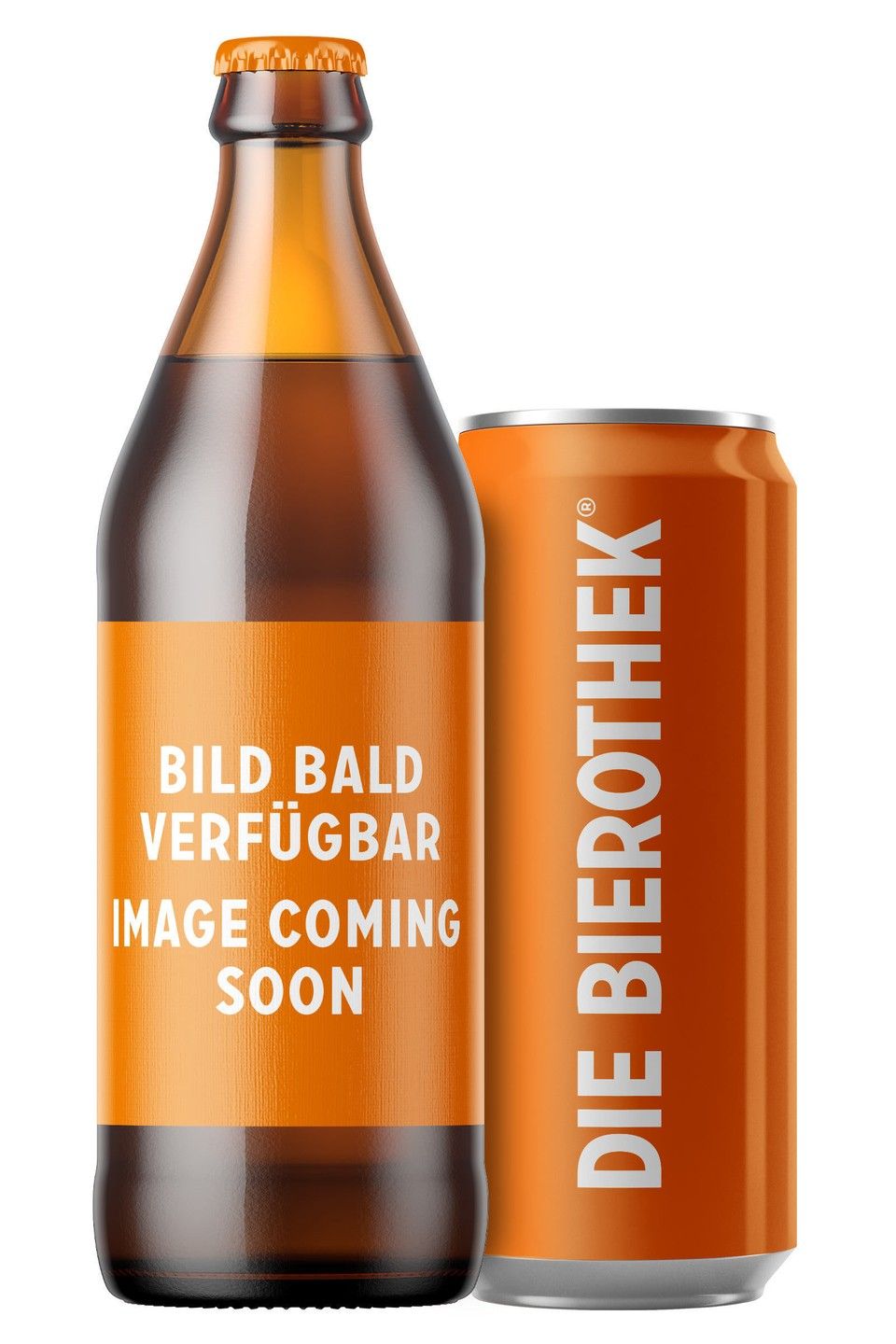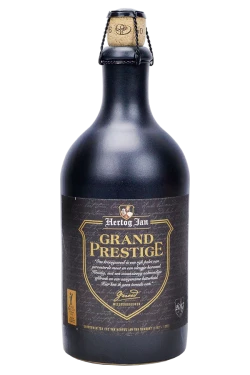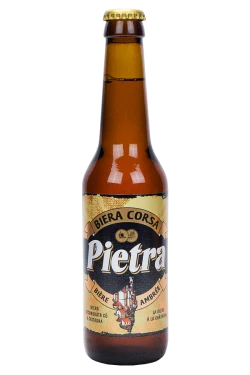bock beers
Bock beer can be a bottom-fermented or a top-fermented beer. Subcategories of Bock include Maibock, Weizenbock , Doppelbock , Festbock, Eisbock , etc.
rn
The origin of the name "Bock" can be found in the Lower Saxon town of Einbeck in the Middle Ages. In the 14th century, the entire population of the town of Einbeck had the right to brew beer, which is why many brewed their own beer and the supply of beer was too high. The town therefore bought the surplus beer and sold it throughout Germany. Since transport times were very long at the time, the beer had to be brewed extremely strong so that it could survive the transport time. Little by little, the name of Einbeck beer developed into the Bock beer we know today.
rn
Nowadays, many Bock beers are given the ending “-ator”. The reason for this is as follows:
rn
Between 1618 and 1648 (Thirty Years' War), monks brewed a beer called "St. Father's Beer", which was highly regarded. Other breweries wanted to brew an equally good beer and give it a similar name - "Salvator". However, due to a decision, only the royal brewery was allowed to use the name "Salvator" for its beer, whereupon many decided to add the ending "-ator" to their beer name so as not to completely distance themselves from the popular and successful beer. Examples are the Ayinger Celebrator , Tilmans Kulturator and Gänstaller Affumicator .
rn
The strong beer is aromatically convincing with a malty sweetness and little hop bitterness. It is reminiscent of dried fruit and has a full-bodied taste. With more than 6.5% alcohol, it is significantly stronger than other beers. The Bock is also creamier and not as liquid as other beer styles. Blue cheese, roasts, as well as spaghetti carbonara and tiramisu are ideal food pairings.

